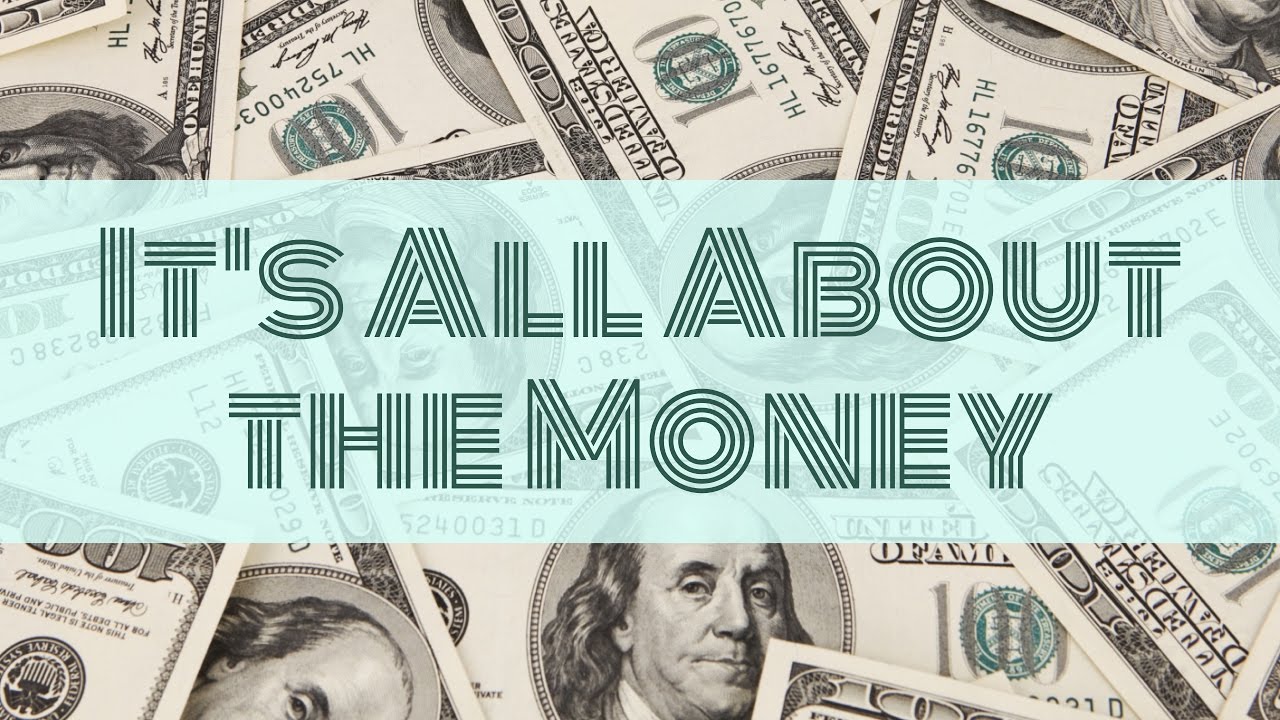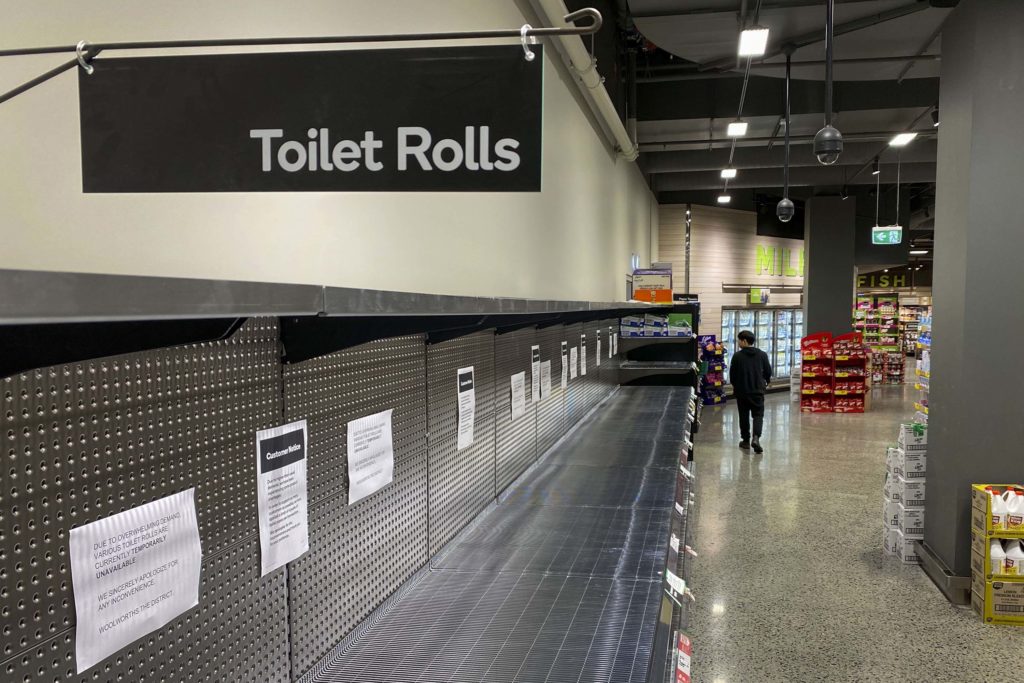
My father was a teacher. His expertise focused upon economics. Does it show?
I am an economics fan, and studied consumer economics as a specialist subject as part of my university course. The main thing I remember now – quite a few years later – is demand and supply.
The more demand and less supply, the higher the price.
This came home to me when reading about the great Californian egg war. Heard of that? I hadn’t. I’ve heard of the Tulip Bubble, but an egg war? Amazing story. My synopsis is that there was a huge migration to West Coast America in the mid-1800’s thanks to the Gold Rush.
First, there was a mass migration because there is a huge demand for gold and not enough of it; but, second, all of those people who migrated needed to be fed and what could they eat? There were only a few chickens and not much else, so somehow they needed to create a sustainable economy and food supply.
This led to the egg war.
“Within two years of the 1848 discovery [of gold], San Francisco's population mushroomed from around 800 to over 20,000 … the feverish growth strained the area’s modest agriculture industry. Farmers struggled to keep up with the influx of hungry forty-niners and food prices skyrocketed … Chicken eggs were particularly scarce and cost up to $1.00 a piece, the equivalent of $30 today … in 1849, or so the story goes, an enterprising pharmacist named ‘Doc’ Robinson hatched a plan to profit off the egg shortage. He and his brother-in-law sailed to the Farallones and raided the nesting grounds. Despite losing half their haul on the rough ride back to San Francisco, the pair pocketed $3,000 from the sale of the remaining eggs. After barely surviving the white-knuckle trip, the men swore to never return. But word of their success travelled fast and almost overnight, the islands were crawling with eggers.”
That’s an amazing story.
But it’s a story that illustrates the laws of demand and supply. A twenty-fold increase in population needed to be fed. Where is the food? How much can you charge?
The laws of supply and demand have been seen recently with toilet rolls. A lockdown pandemic is announced, and everyone wants toilet roll. I have no idea why, but the cost of toilet rolls went through the roof.
It’s all about demand and supply.
It’s basic.
So, let’s bring it back to basics. What is the demand and supply in banking?
The demand is for money. The supplier is the system.
However, the real demand is for payments. This is why the biggest successes so far have been companies that focus upon payments. Payment companies like Stripe, Square, Adyen, PayPal (Braintree), Ant Group, WeChat Pay and such like have seen far more success than those who focus on other areas.
This is why I’m amused when I write things like this.
Why Big Tech USA won't get into banking (and ignore all the blogs, reports, presentations etc that say they will) https://t.co/MnBAPBPUqb
— Chris Skinner (@Chris_Skinner) October 12, 2020
Because people reply oh, but they are getting into banking.
They’re not. They’re getting into payments and lending, not banking. It’s all about demand and supply.
People are not demanding new forms of banking, but they are demanding new forms of payments and lending. They don’t like the way we pay today. They don’t like the fact that banks won’t lend to small businesses. So, isn’t it funny that the most successful FinTech start-up firms are those that focus upon making payments easier and giving credit to small businesses using new algorithms?
Meantime, on the subject of demand and supply, what is the demand for cryptocurrency? The one that is best known is bitcoin. What is the demand for bitcoin? Obviously there is some, but I have this weird feeling that most demand for bitcoin is based upon #FOMO #justsaying #micdrop and all that hashtag stuff …
Chris M Skinner
Chris Skinner is best known as an independent commentator on the financial markets through his blog, TheFinanser.com, as author of the bestselling book Digital Bank, and Chair of the European networking forum the Financial Services Club. He has been voted one of the most influential people in banking by The Financial Brand (as well as one of the best blogs), a FinTech Titan (Next Bank), one of the Fintech Leaders you need to follow (City AM, Deluxe and Jax Finance), as well as one of the Top 40 most influential people in financial technology by the Wall Street Journal's Financial News. To learn more click here...


